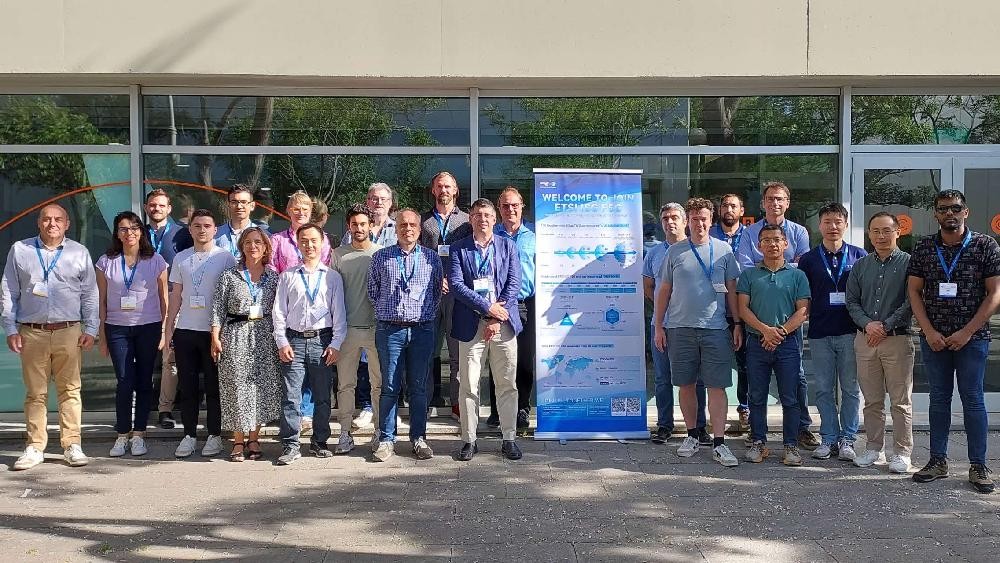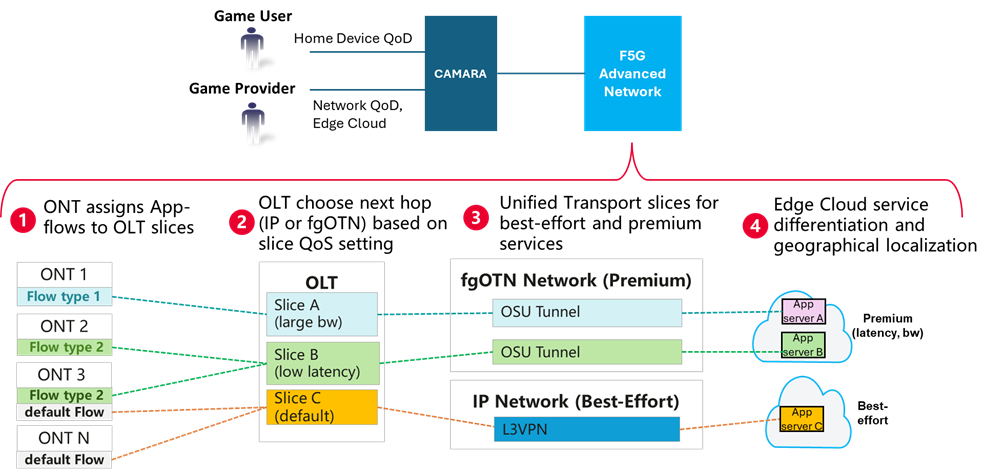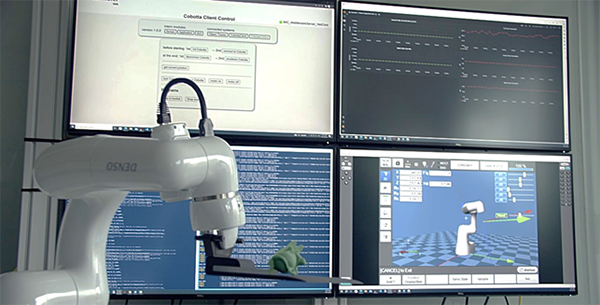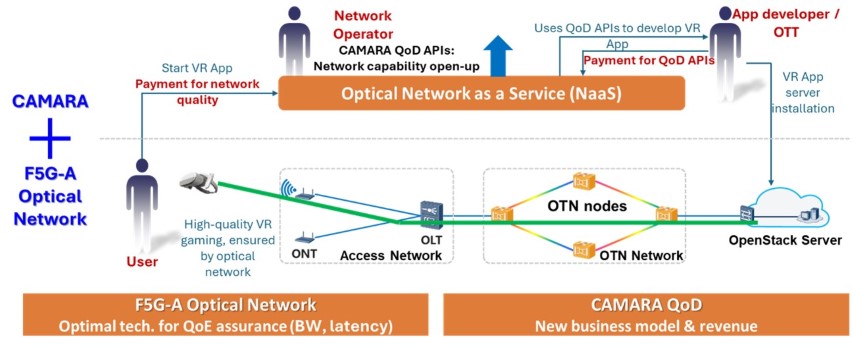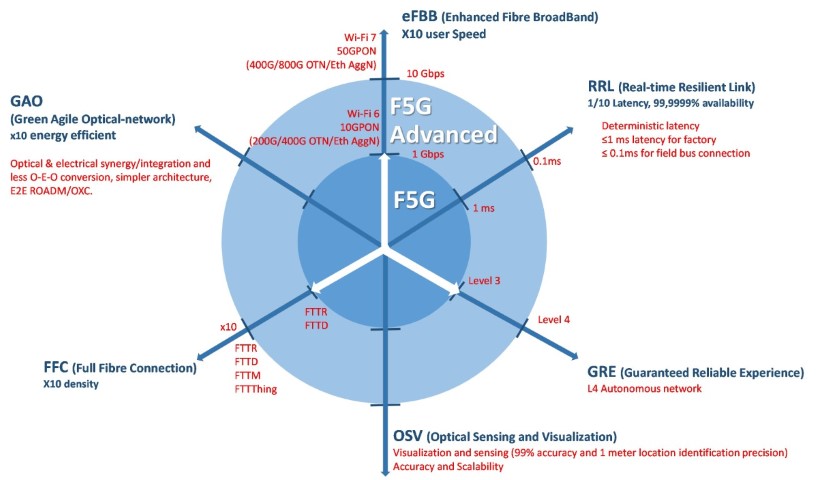ETSI ISG F5G Green Workshop: To Build a Greener Optical Network in F5G-A and Beyond
2025-10-13 Posted by Yi Lin, ISG F5G Technical Manager 888 HitsGreen development has become a global consensus key priority to address the climate change, in which ICT plays an important role. In ETSI ISG F5G, Green Agile Optical network (GAO) has been defined as one of the six key characteristics of F5G-A.
In the week of September 15th ~ 18th 2025, the ETSI F5G F2F#23 was held in Chengdu, China, hosted by China Telecom. On 17 September 2025 during the F5G plenary meeting, a workshop on "Green Optical Network" was held. Seven experts from network operators, vendors and academia in the area of optical communication shared their visions, scenarios and technologies to enable a greener optical network.


